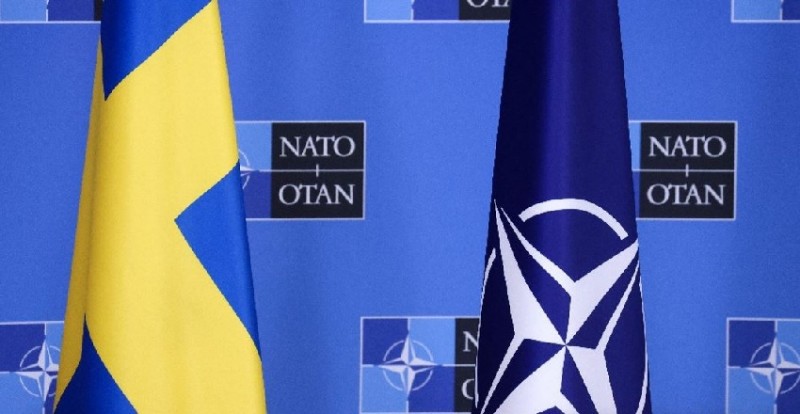
The North Atlantic Treaty Organization (NATO) will need between 35 and 50 additional brigades to fully implement its new defense strategy against potential Russian aggression, according to a military source speaking to Reuters.
This requirement is part of NATO's efforts to bolster its defenses following Russia's invasion of Ukraine in 2022. A brigade typically comprises 3,000 to 7,000 troops, so creating 35 to 50 new brigades presents a substantial challenge. The source, who wished to remain anonymous, did not provide further details on the secret plans.
In addition to the need for more brigades, Germany will need to significantly increase its air defense capabilities, according to a security source. At the 2023 summit in Vilnius, NATO leaders approved the alliance's first major defense plans in over three decades. Since then, officials have been working to translate these plans into concrete military requirements.
NATO leaders are expected to receive an update on these plans in Washington this week during a summit marking the 75th anniversary of the transatlantic alliance.
A NATO official commented that military planners have identified "detailed requirements for troops and weapons needed to defend the alliance." Key priorities include air and missile defenses, long-range weapons, logistics, and large land maneuver formations. The official added that NATO is confident in the strength of its deterrence capabilities.
Germany's defense ministry declined to comment on NATO's classified future plans but noted that all allies must coordinate with NATO on capability requirements, with efforts continuing into next year.
It's unclear where NATO allies will find the additional personnel for the 35 to 50 brigades. Options include reallocating troops from other military areas, recruiting additional soldiers, or a combination of both.
Air defense is another critical area identified by NATO military planners. The war in Ukraine has highlighted the importance of these systems for protecting military and civilian infrastructure. Germany, as a key logistics hub, will require robust air defense capabilities in any potential conflict with Russia.
During the Cold War, Germany had 36 Patriot air defense units but now has only nine, having donated three to Ukraine since the 2022 Russian invasion. The German government is placing orders for Patriot and other air defense systems to replenish its inventory.
Ground-based air defense systems, such as Raytheon's Patriot, are designed to intercept incoming missiles. After the Cold War, many NATO allies reduced their air defense units, assuming a limited missile threat. However, Russia's invasion of Ukraine drastically changed this perception, prompting NATO allies to increase ammunition stocks and address air defense system shortfalls.
The agreement on the first major defense plans since the Cold War, referred to as "regional plans" by NATO, marks a significant shift for the alliance, which had not seen the need for large-scale defense plans for decades, believing post-Soviet Russia no longer posed a significant threat.
Read More:
South Korean President Yoon to Address North Korea's Global Threat at NATO Summit
Putin Warns NATO: Escalating Support for Ukraine Could Lead to Nuclear Conflict
US Ambassador Affirms India's Crucial Role in US-China Rivalry, Indo-Pacific Stability, And More